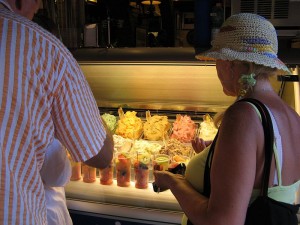When last seen, Venetian rowing champions Giampaolo D’Este and his partner, Ivo Redolfi Tezzat, had delivered a document, at the start of the Regata di Burano on September 19, to the mayor and other appropriate officials.
The document protested their having been disqualified halfway through the Regata Storica for infractions of the regulations — including the ephemeral rules of “sportsmanship” — and called for the immediate removal of all the judges and the various committees who administer the realm of racing here.

According to the offended parties, and their frenzied fans, something has clearly become so rotten in the entire organization of the races that the only solution is to tear out all the weeds, along with whatever healthy plants (they see none) may also happen to be in the garden, and start over. Presumably replanting the entire garden (to continue the metaphor) with people who are entirely, consistently, unassailably objective. The theory seems to be that anyone answering to this description will be sure to uphold justice, fair play, honesty, rectitude, and to act in their favor. If you know any such people, send their names along.
Their fans have also helped to keep the fire stoked under this cauldron of rage, and the latest contribution, by a so-far anonymous partisan, is the publication on YouTube of parts of some 11 minutes from the first half of the race on the official video of the race, complete with the sound track of the judges’ voices and caustic play-by-play comments printed (in Italian) by someone who makes it clear he is part of the D’Este-Tezzat column.
This video is made from the first judges’ boat during the race, and considering that it’s the property of the city, those who made it are more than a little irritated that it is now out on the web even if technically city property is also public property. In any case, things like this don’t help the general situation.
I do not contribute any comments on anything that was done or not done in the race. I may already have written that I am not taking sides; I don’t care who won. And yes, I am certainly on the side of justice and fair play. I am merely trying to give as complete a picture of the situation as I can.
The latest developments from the turmoil following the aforementioned dramatic denunciation have been two-fold.
First: Not only have D’Este and Tezzat not received any redress for past judicial misdeeds, they now have been formally disqualified from the next two races (the Regata di Mestre and the Regata de la Sensa), which obviously are in next year’s season. Of the seven races open to men of their caliber, this leaves them only five. This is a heavy sentence indeed; usually the Commission has to forbid only one race to make its point.
Naturally this decision has only shown, yet again, the treachery and incompetence of the entire system in the eyes of the plaintiffs. No more documents have been issued so far from the samizdat of the affronted duo.
The Commission has also disallowed the payment to them of the usual “indemnity for training”; in the Burano race it was 198.50 euros ($276.84). Admittedly it is a token sort of payment, a small addition to the equally modest purse allotted to each racer according to his order of finish. But this payment is contingent on the rowers participating in the race, so giving them the indemnity would make no sense at all.
Second: Two of the six men comprising the Technical Commission have resigned. For the record, they are Umberto Sichero and Osvaldo Zucchetta. If a third member, most likely a former champion named Bepi Fongher, follows suit (it is always unclear how his statements and actions are going to match up, though they often don’t come close to each other), the committee will terminate and the Comune will be able to start over (the Comune appoints four members, and the Racers’ Association chooses the other two). So losing half the committee would provide enough of an opening in what appears to be a severely bombarded and weakened wall of credibility and competence to allow some heretofore unfeasible innovations to enter the system.
What next? D’Este-Tezzat have announced that they are giving up racing. Only time will show whether they’re serious, or whether this is just another of those fervent vows racers tend to make under stress, like seamen in a typhoon.
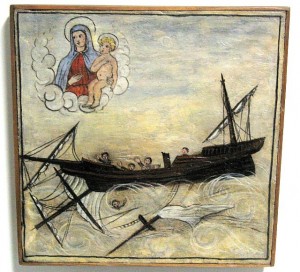

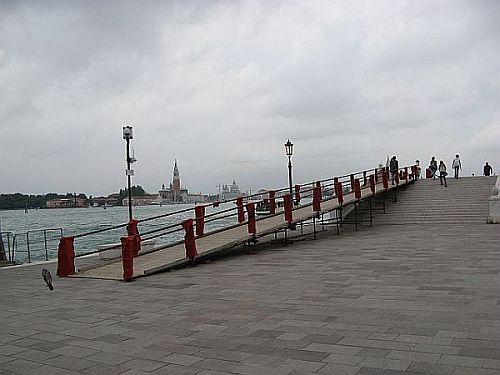
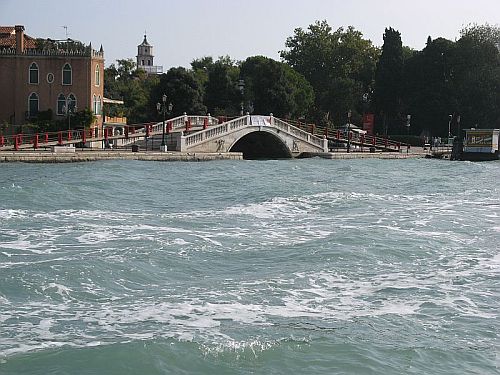
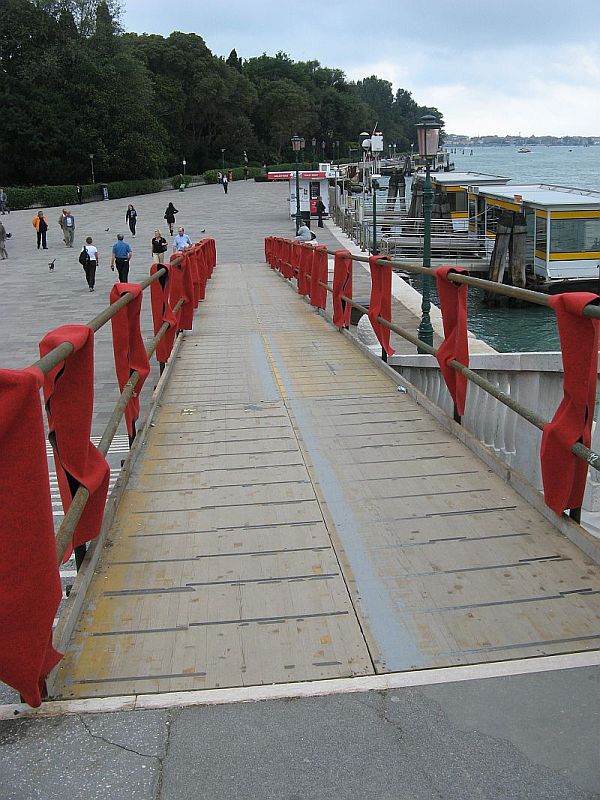

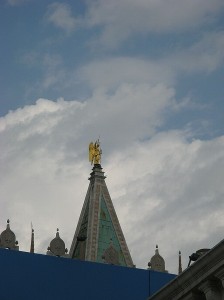
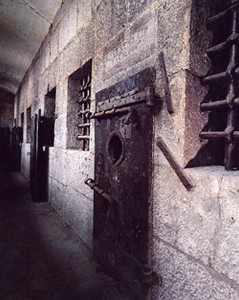
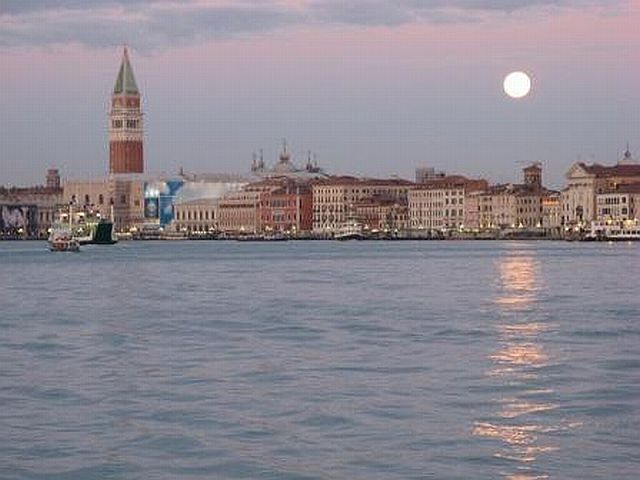
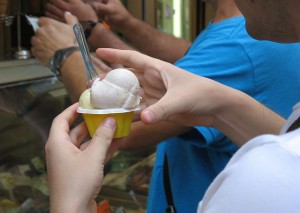 No, what I object to is the annual farewell to ice cream.
No, what I object to is the annual farewell to ice cream.

